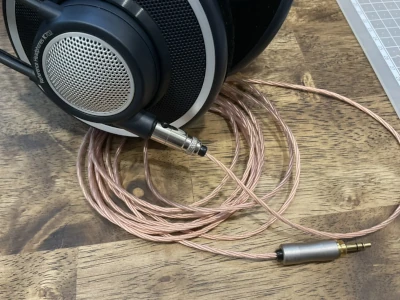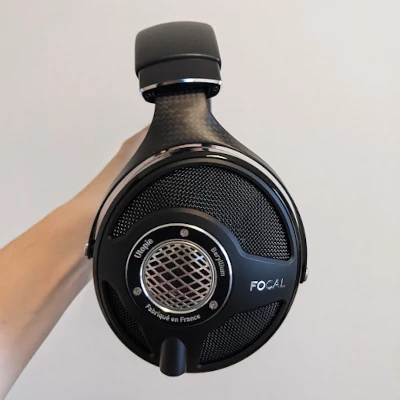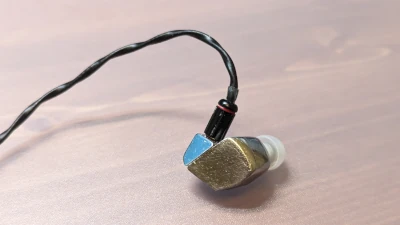Building a Speaker with BS-8 and Fostex FE83NV2
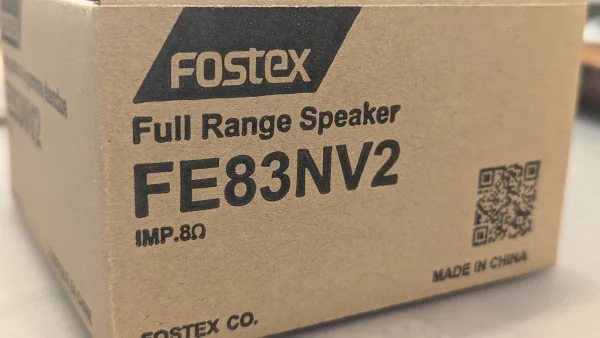
Table of Contents
I built a speaker using FOSTEX’s FE83NV2 and the BS-8 enclosure.
Background of the Build
I’m creating a sub-system for my small workspace. I’m combining FiiO K7, which integrates a USB DAC and headphone amplifier, with Topping’s PA5 ii power amplifier for a compact setup, allowing me to easily enjoy headphones with Denon D9200. However, I couldn’t find speakers that fit the space, so I was looking for something affordable and easy to use. I considered DALI’s SPEKTOR1, but the exterior quality didn’t match, and I didn’t want to go for the more expensive DALI MENUET series. Since my system is meant to be straightforward, I preferred something easy to drive, and a single-unit speaker would be ideal.
Unfortunately, no commercial product met these specifications at a satisfactory price, so I decided to build one myself. While thinking about the enclosure, I learned that BS-8, designed by Tetsuo Nagaoka, is famous and compact. Its simple structure and popularity among DIY enthusiasts led me to find a shop on BASE selling the enclosures. With dimensions H: 176mm W: 130mm D: 141mm, it’s smaller than DALI MENUET and features a single unit, plus the natural texture of the laminated wood appealed to me. So, I purchased the enclosure from KONOCO and decided to attach Fostex’s 8cm full-range unit, which is said to pair well with BS-8.
- Unit: FE83NV2
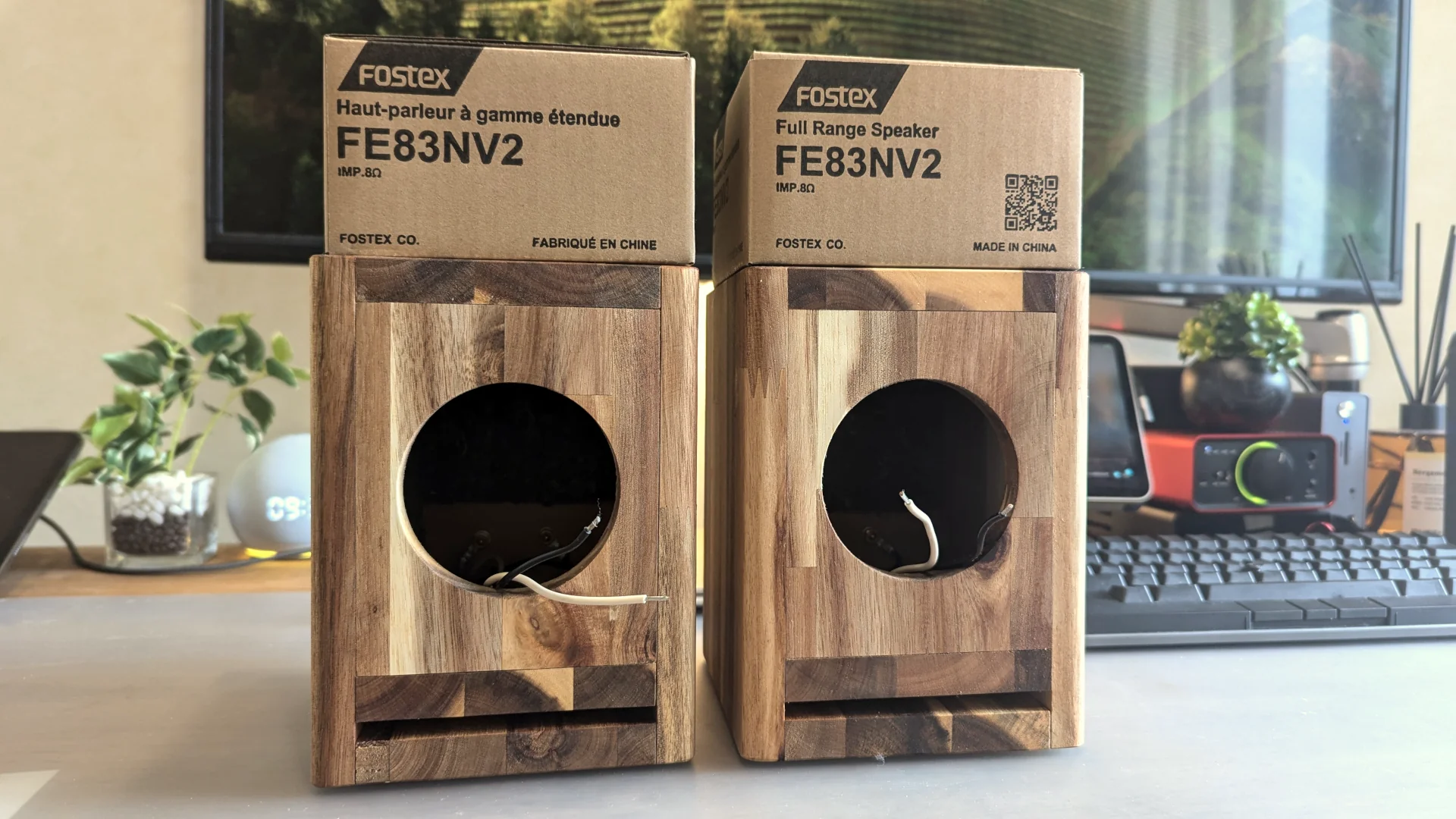
The box arrived pre-assembled, and together with the unit, I built the speaker for about 20,000 yen.
Assembly
The box comes fully assembled. The baffle board has an opening diameter of φ73mm, and I only customized it by changing the internal cable to BELDEN8470. I considered changing the back panel material to laminated wood but decided to keep it as MDF since the back isn’t visible daily, prioritizing functionality. Assembly basically involved soldering the internal wires directly to the speaker unit. I used SN-100C solder.
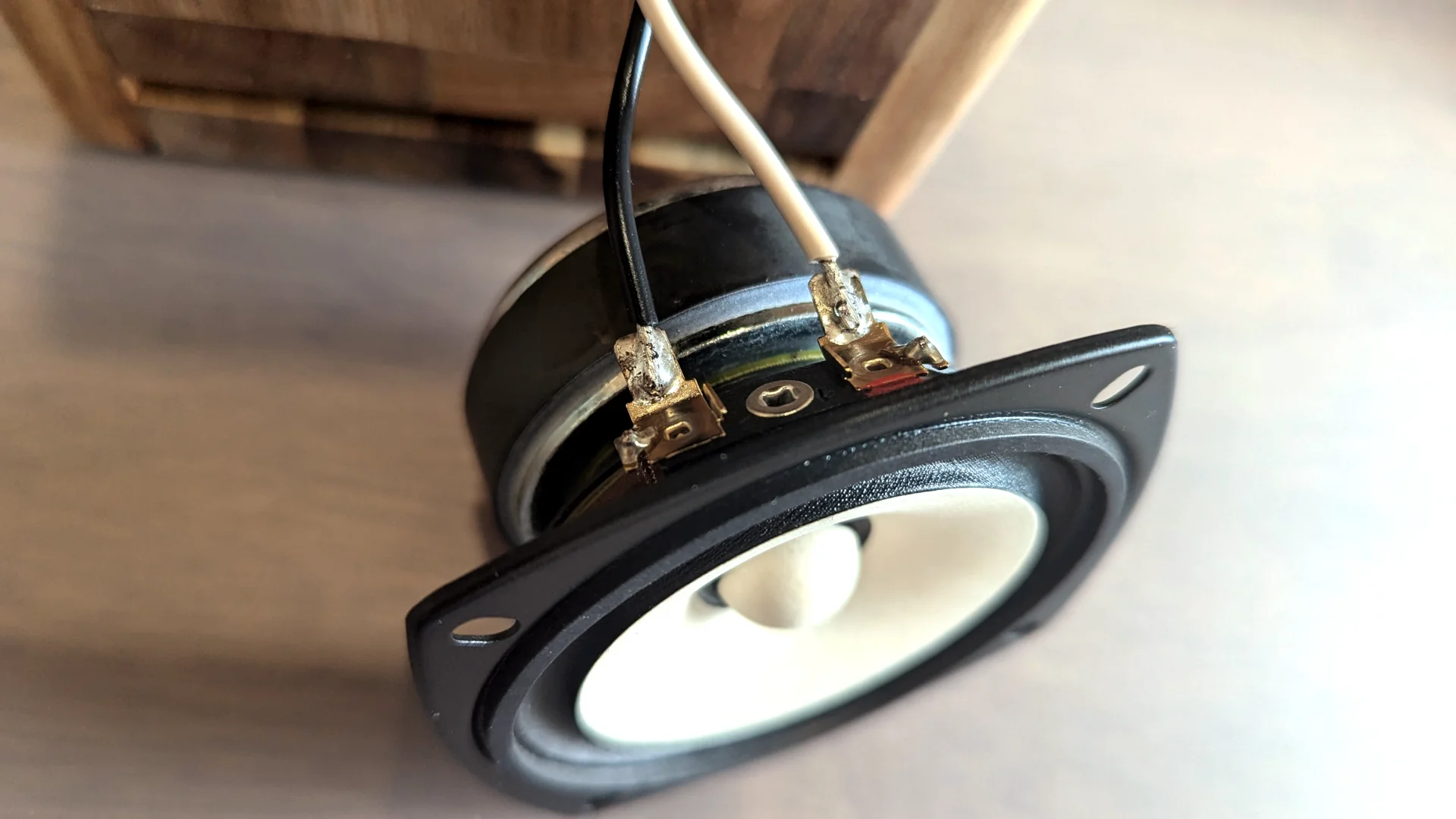
SN100C solder has a wide high-frequency range and deep low end, with a slightly flashy sound. Since the full-range unit doesn’t have an extremely wide range top to bottom, and reviews mentioned smooth and thick midrange, I chose SN100C even though I hadn’t heard it. The Senju Metal Sparkle Solder series would also work fine. If you don’t have solder on hand and want something easy to use, that’s a good option.
After soldering, I simply tightened the unit with the included screws, and the speaker was assembled.
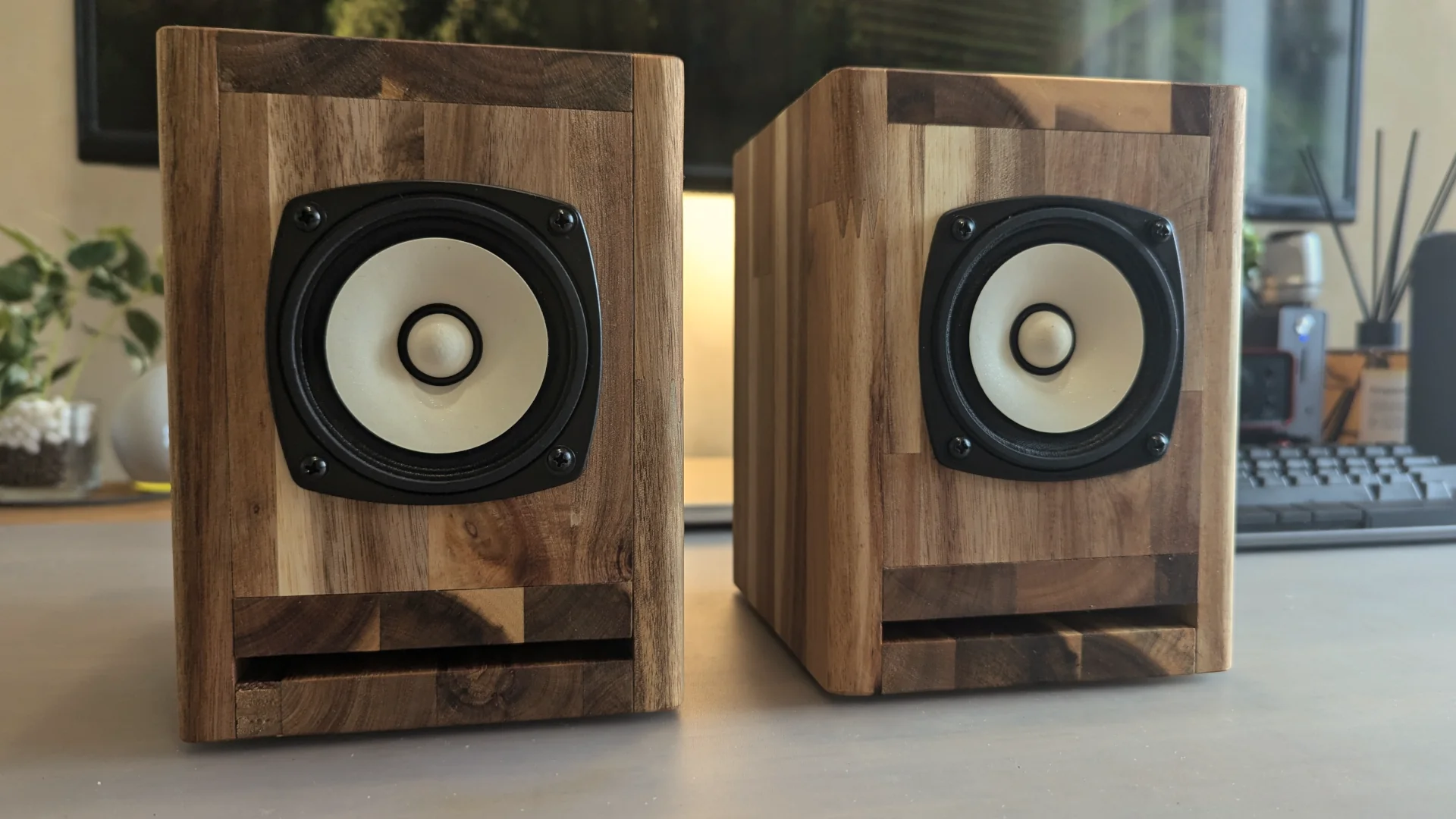
Review
The setup is as follows.
| Equipment | Name |
|---|---|
| Player | iPad mini + Amazon Music (using AirPlay) |
| Transporter | Raspberry Pi3 + moode Audio |
| DAC | FiiO K7 |
| RCA | Belden 88760 |
| Amplifier | Topping PA5 II |
| Cable | Zu Audio Mission |
| Speaker | Custom-built speaker |
| Wall Outlet | FURUTECH GTX-D NCF(R) |
It’s almost the same as last time, but with the custom speaker. Also, for the USB-DAC’s USB, I’ve switched to external power using iDefender+ and iPower. Changing to a high-quality power source via external powering often improves the USB-DAC’s resolution, so I recommend it (using a mobile battery for powering works well for sound quality and performance, though it needs charging).
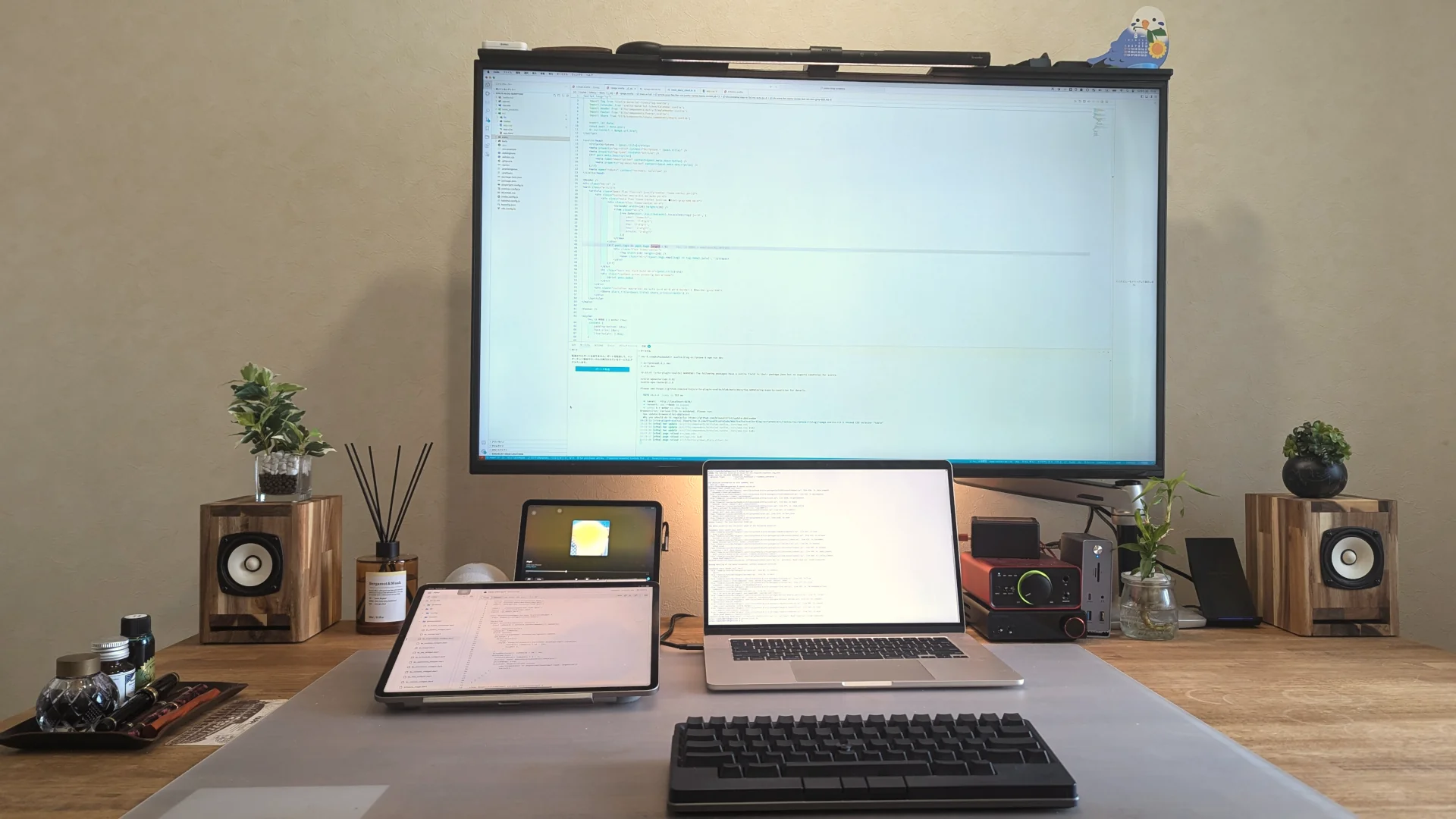
Notably, the midrange is smooth and thick. It’s silky, without any dips, and vocals feel close, making it enjoyable to listen to. It doesn’t feel murky even with the closeness; for classical or jazz, instruments sound elegant and soft with good resonance. Because it’s a full-range unit, the sound connection is natural, allowing you to enjoy thick sound. And since it’s a single unit, it’s easy to drive with a modest amplifier, so you can get good sound without spending much—though that’s also a downside. The bass isn’t deep given the small size, but it’s not completely absent. The front bass reflex provides natural bass that’s not heavy but not thin either, making it great for background listening. The balance is good. The highs have a somewhat narrow range, so for electronic music, metal, or sparkling genres, it might feel insufficient, but it doesn’t tire you out. While the range is narrow at both ends, the thick midrange and ease of driving make it very compatible with jazz or classical. R&B can be listened to relaxedly, though the bass rhythm might feel a bit lacking. For anime songs or metal, the highs might be insufficient, but for midrange-focused listening or background use, it’s usable, so as a sub-system, it’s quite good.
Summary
It’s not perfect sound, but the thickness, smoothness, and groove of the midrange are noteworthy. It’s suited for casual listening to any genre and offers a different charm from pure audio, enjoying the resonance of sound.
When not playing, it’s very compact and blends with the interior. During the day, I can listen casually, and at night, drift off to sleep with relaxed music, making it easy to incorporate into daily life.
Overall, since the entire setup is around 100,000 yen, it might be a reference for those who want to enjoy audio casually.
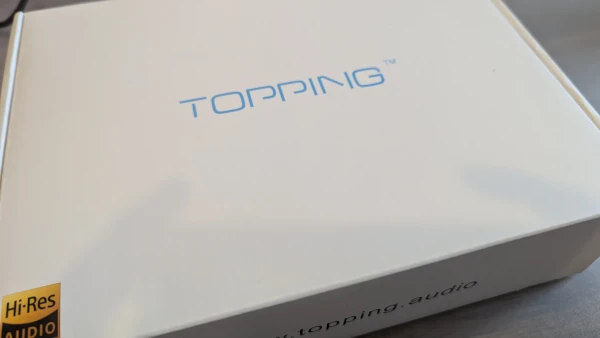
![[Custom Keyboard] Assembling and Using Choco60](https://pub-21c8df4785a6478092d6eb23a55a5c42.r2.dev/img/eyecatch/choco60.webp)

